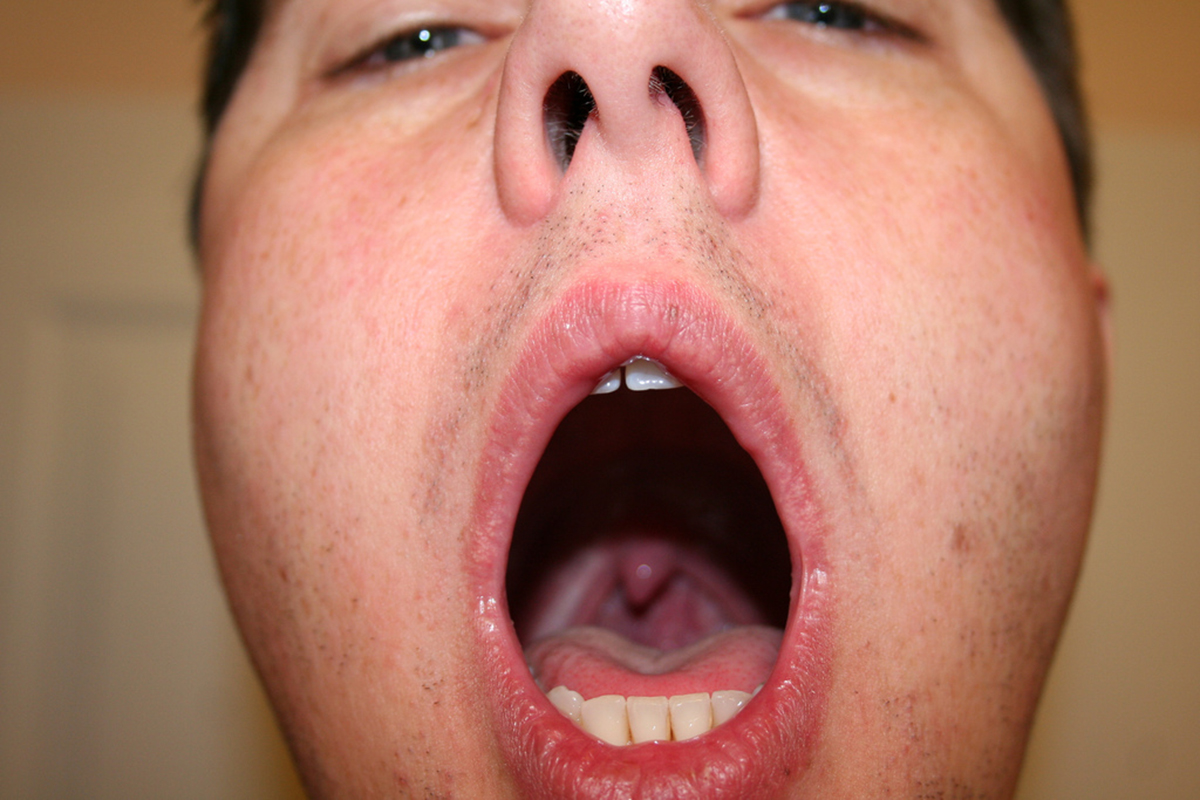Table of Contents
According to the Mayo Clinic, people who have Barrett's esophagus are at an increased risk of developing esophageal cancer. People whose lab testing showed no dysplasia, are still at a small risk of developing esophageal cancer and these individuals should be routinely monitored and screened.

Barrett's Esophagus: Testing And Diagnosis
There are some diagnostic tests a doctor may order if it is suspected a person has Barrett's esophagus. A person may need to have macroscopic (endoscopy) and microscopic testing performed to provide a definitive diagnosis of Barrett's esophagus. An endoscopy may be performed, particularly if a person is suffering from severe gastroesophageal reflux symptoms. Some physicians may take a biopsy of tissues from different portions of the esophagus during an endoscopy, this is done to help the diagnostic process as well as to check for any type of dysplasia (precancerous changes).
Barrett's Esophagus: Treatment
A lot of people who have Barrett's esophagus do not have dysplasia. Medical professionals recommend someone with Barrett's esophagus have two endoscopies and a biopsy done to confirm any possible presence of dysplasia. If no dysplasia is found, the person will not need to have another endoscopy performed for about two or three years.
Barrett's Esophagus: Lifestyle Modifications And Home Treatment
There are some lifestyle modifications and home care a person can do to help ease the symptoms of gastroesophageal reflux. A person should maintain a healthy weight, avoid constricting clothing around the abdomen, eliminate foods and drinks that trigger heartburn and stop smoking to minimize the chances of developing Barrett's Esophagus. Other remedies which can improve the disorder include not lying down after eating, no stooping or bending after eating and raising the head of one's bed to keep the upper body raised and stomach contents down.
Current medical recommendations include routine biopsies and endoscopy, to check for any possible changes or dysplasia.
The most common method of treating Barrett's esophagus is through the use of proton pump inhibitor medications. In cases of severe dysplasia, laser treatment may be used and if there is any malignancy, it is addressed through surgery, radiation or chemotherapy. There is no evidence to suggest that people with Barrett's syndrome will develop esophageal cancer at some point in the future, but monitoring is necessary.
See Also: Esophagitis and Gastroduodenal Disorders: Symptoms and treatment
Barrett's Esophagus: Prognosis
Barrett's esophagus can be an extremely uncomfortable medical condition. Seeking treatment for Barrett's esophagus should improve or alleviate the bothersome and uncomfortable symptoms of gastroesophageal reflux disorder and it may help it from condition getting worse. None of the treatments used for Barrett's esophagus will reverse the changes in the esophageal tissue that can cause cancer, which is why regular medical care is very important.
- Photo courtesy of The Armed Forces Institute of Pathology (AFIP) [Public domain] by Wikimedia Commons: commons.wikimedia.org/wiki/File:Barrett's_mucosa,_Alcian_blue_stain.jpg
- Photo courtesy of Jeffandmandy g by Flickr: www.flickr.com/photos/mandyandjeffg/2666015281


Your thoughts on this